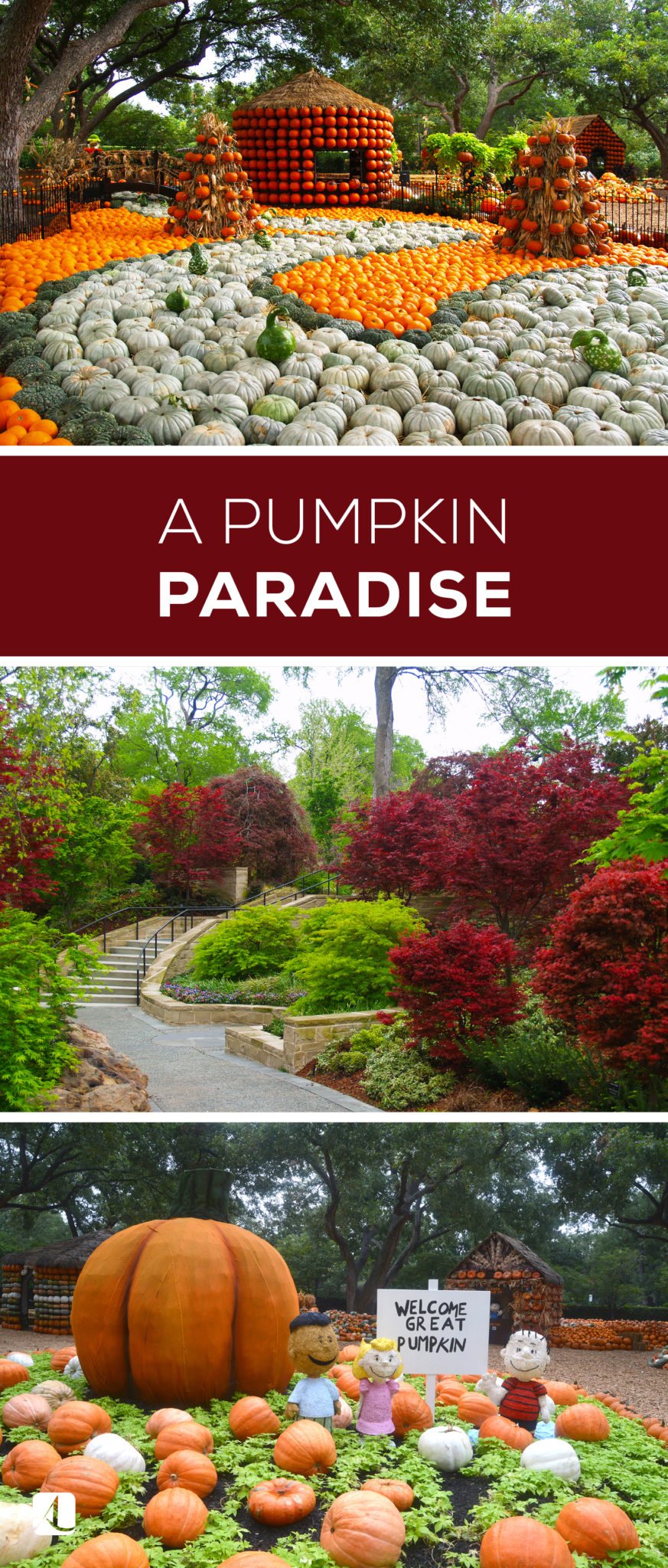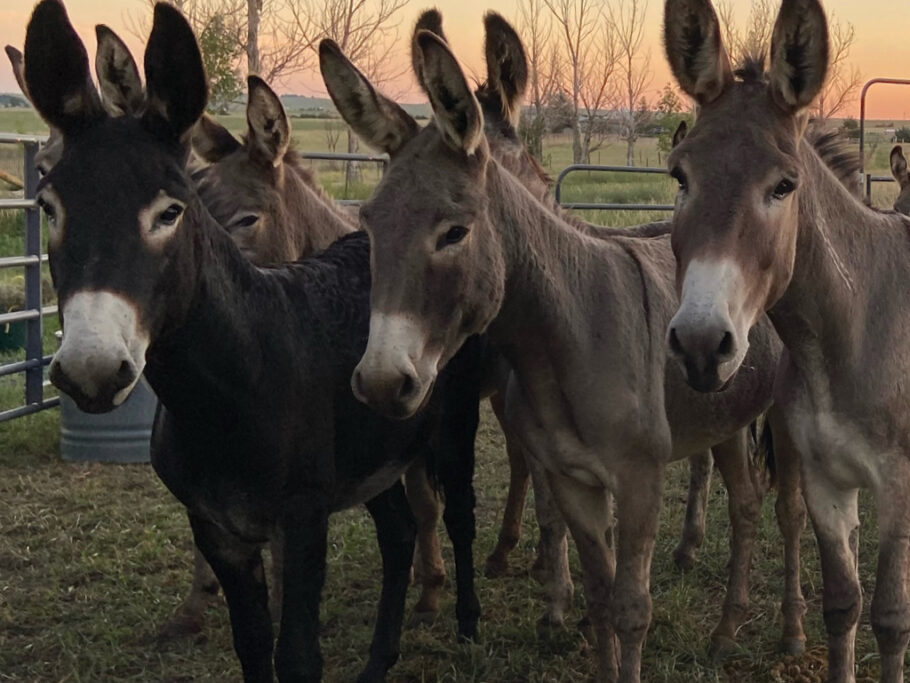A Pumpkin Paradise
Photography by Dallas Arboretum and Botanical Gardens
It’s been said that everything is bigger in Texas. With three of America’s ten most populous cities, that would certainly seem to be true. And, although Houston and San Antonio have more people and Austin has gotten more buzz in recent years, the Lone Star State’s ol’ reliable, Dallas, is booming as well. It is actually one of the top places in the country for young adults to live, and, by sheer numbers, it had the highest population growth in the entire country in 2019. Not surprisingly, it’s also been named as one of the top twenty-five places to live by U.S. News & World Report.
What may be surprising—considering that Dallas is one of the country’s warmest cities—is that it houses one of America’s best outdoor nature destinations. The Dallas Arboretum and Botanical Garden, located on thesoutheastern edge of White Rock Lake in East Dallas, does Big D proud. It’s a top pick on TripAdvisor, and it’s consistently named on “best of” botanical garden lists. With twenty-one gardens of lush flowers over sixty-six acres, plus unforgettable seasonal events, it’s a must-see in Dallas—especially in the fall.
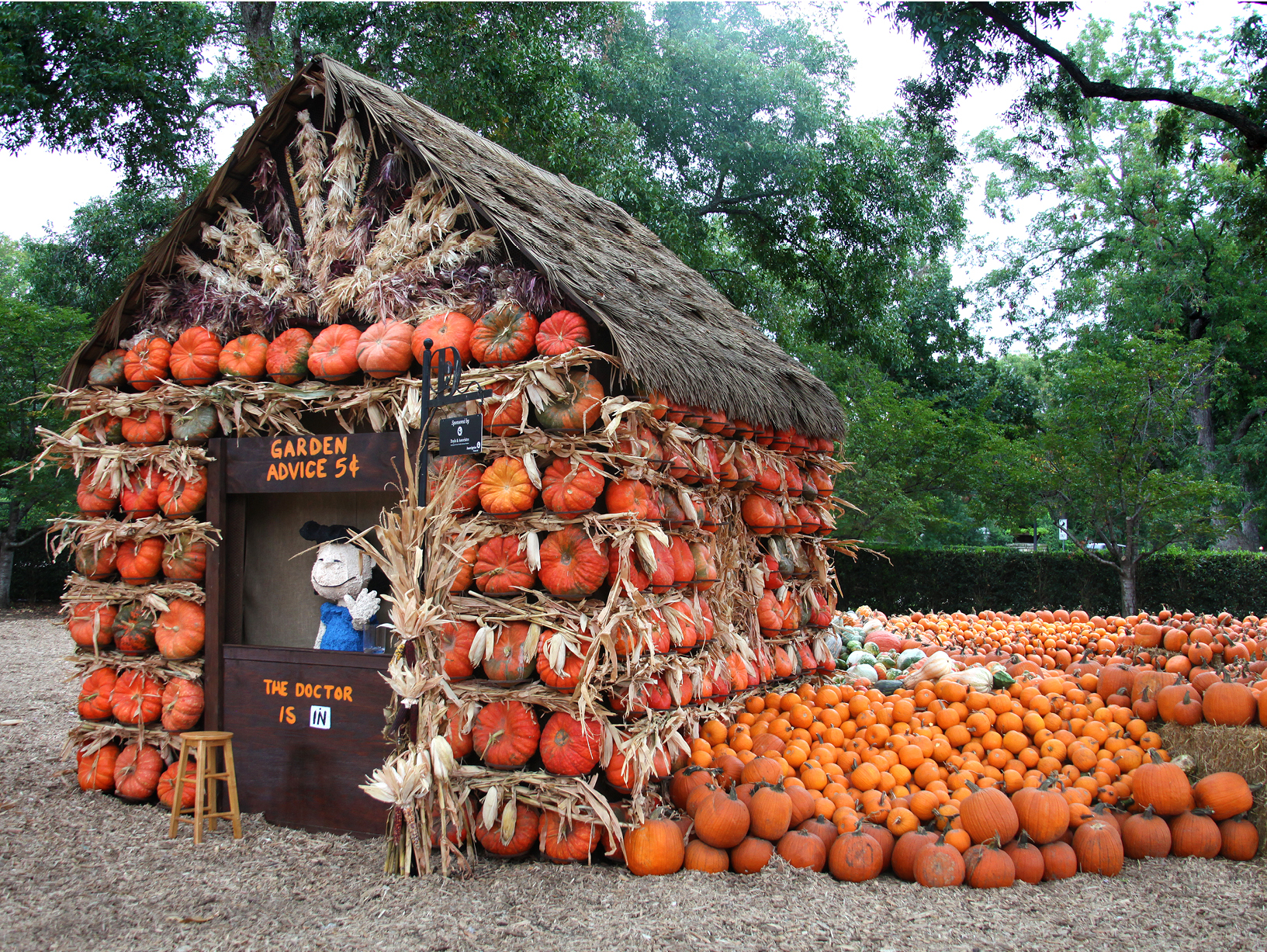
An Amazing Autumn Celebration
At first glance, this area—with its flat, arid land—might not seem like a mecca for outdoorsy fall travel. But the seasons here are actually an advantage, says Dave Forehand, the arboretum’s vice president of gardens. “Because we have a mild climate here in the Deep South, we can have things blooming year-round,” he explains. “Our floral displays are really spectacular in autumn. All our summer plantings are fully grown by then, and we layer in a lot of other flowers like chrysanthemums and marigolds, which bloom in autumn colors like orange and yellow. The weather’s cooler and the days are shorter, so that causes the flowers to be more vibrant. Plus, we don’t get our first frost or freeze until early December, so we can display beautiful blossoms right up until the Christmas holiday.”
As spectacular as these 150,000 flowers are in fall, they are only part of the appeal of the venue’s seasonal celebration, Autumn at the Arboretum. Now in its fifteenth year, the arboretum’s most popular event (with approximately 300,000 visitors) is an autumn-lover’s dream. The programming includes scavenger hunts, harvesting tutorials, and live music, plus events at the popular eight-acre Rory Meyers Children’s Adventure Garden, which also has more than 150 interactive science exhibits. Another exciting new attraction added in 2017 is A Tasteful Place, a 3.5-acre garden, pavilion, and kitchen focused on fresh, sustainable, locally grown food.
But as amazing as these are, the star of the show is the arboretum’s world-renowned Pumpkin Village. As soon you enter the main entrance, you’re greeted by rows of pumpkins flanking the pathways all the way to the north end of the grounds. “People always stop to take photographs, and I always want to tell them to keep moving and that they ain’t seen nothing yet,” Forehand adds. He’s not kidding. The paths take you to the Pumpkin Village, which is, quite literally, a hand-constructed village awash in pumpkins and other gourds: among other things, you’ll see mountains of pumpkins scattered about, lawns covered in them, and houses adorned in them from top to bottom. In all, the arboretum uses nearly 100,000 pumpkins, gourds, and squashes annually for the village.
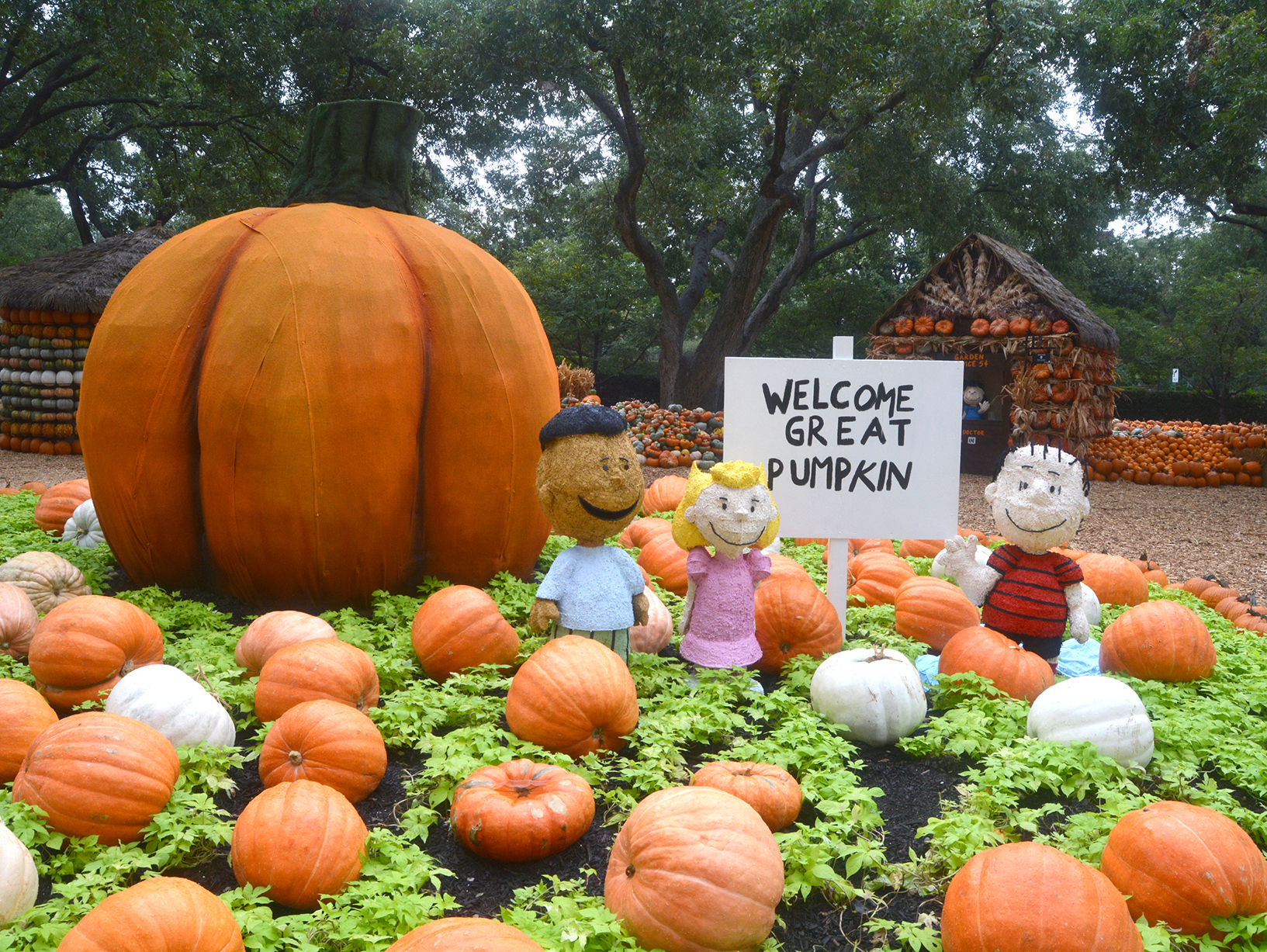
Building a Blockbuster
As you can imagine, setting up such a scene takes a Texas-sized amount of planning and effort, and challenges can arise, especially with the weather. “We have one family farm, Pumpkin Pyle, that grows them for us in a little town called Floydada in far West Texas,” Forehand reveals. “The Pyles are actually cotton farmers who grow pumpkins seasonally; they’ve been providing our pumpkins for quite a while. The problem is, the weather can be an issue. If it’s too wet and muddy, they can’t pick the pumpkins for when we need them, which can create a bit of a compressed time frame.”
Hailstorms are another concern, according to Forehand. In Texas, hail can be the size of baseballs and can destroy roofs, homes, cars—and pumpkins. To account for this, he says the Pyle family started spreading out the pumpkin-growing areas about ten to fifteen miles away from each other on their enormous plot of land to hedge their bets—so if one area got hit by localized hail, it wouldn’t affect the other ones.
Once they are picked, the thousands of pumpkins make the three-hundred-mile journey to the Dallas Arboretum, where the staff’s physical work begins in earnest. “Every single piece of produce is moved by hand,” Forehand shares.
“They come in these big pallet-type boxes, and you have to reach in and pull them out. We get some that are pretty big. The banana pink jumbo squash and Naples squash can be sixty pounds or more. You pick those up all day long, and, I tell you what, you feel it. You get into shape doing this.”
Every year, there’s also a different theme for Autumn at the Arboretum. In past years, the arboretum featured characters from the Peter Pan and Wizard of Oz books. In 2019, it welcomed a certain blockhead and his pals as its theme. “We were excited to have Peanuts as our theme in 2019,” says Forehand. “We asked permission from Peanuts Worldwide and the Schulz Foundation, and, luckily, they agreed to let us use the images. They actually sent a representative out to visit. He was very impressed.” Among the displays were Charlie Brown, of course, as well as Schroeder at his piano, Lucy in her advice booth, Snoopy sleeping on his pumpkin-covered doghouse, and a huge display of the Peanuts logo made of pumpkins. (Considering the location, Linus was presumably trying to find the Great Pumpkin in earnest.)
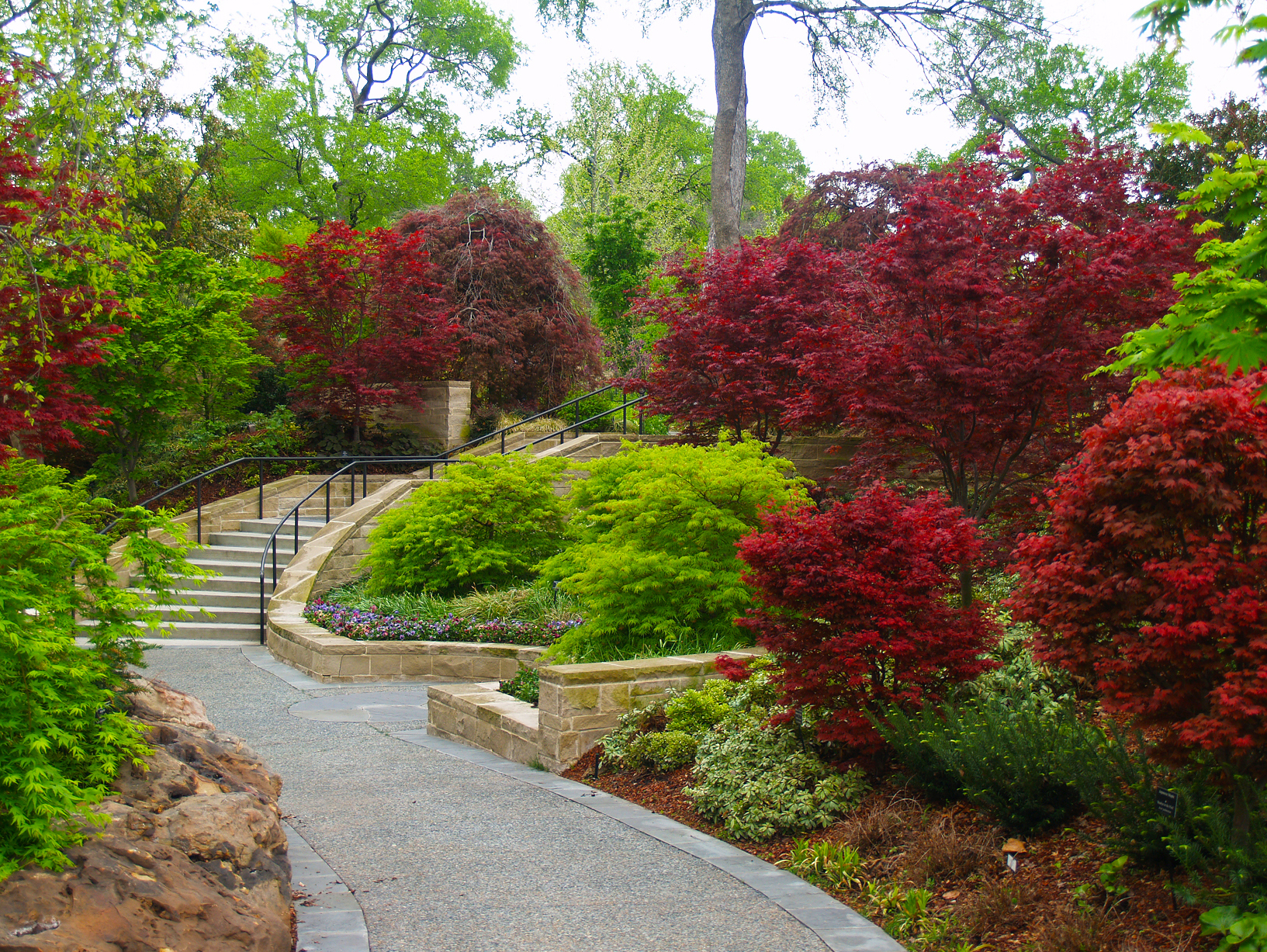
Giving Away Gourds
Setting up the Pumpkin Village every year, of course, means that it eventually needs to come down. So what does the arboretum do with all this produce come November? True to form, it gets creative. “We want to make sure nothing is wasted or goes to landfills,” says Forehand. “So we compost some of the pumpkins, just like all our other plant waste. We give gourds—which are dry and have a hard shell and basically last forever—to the Texas Gourd Society, a group of people who like to paint and decorate gourds and make crafty things out of them. It’s an endless supply for them every year. We send a lot of the large pumpkins to the Dallas Zoo for animal enrichment. Elephants like them, and giraffes even like them. The big cats there like to play with them. The zoo even gives them to the gorillas.”

A Tradition Like No Other
Every year, Forehand and his team strive to balance the arboretum’s much-anticipated seasonal events while keeping them fresh. One notable change in 2019 was the introduction of its Christmas Village for the holiday season. With that in place, however, the time frame of Autumn at the Arboretum needed to be condensed: instead of running until Thanksgiving, it now ends at Halloween. And, of course, there’s the matter of a new fall theme each year, which gets chosen and planned over a year ahead of time.
Forehand emphasizes that whatever changes do take place are for one reason—to create the most enjoyable, memorable experience for anyone who enters the Dallas Arboretum and Botanical Garden. “I think we’re at a level now where we just want to maintain the quality and guest experience for Autumn at the Arboretum and make sure we keep it as great as it is,” he says. “It has become an autumn tradition for locals, who put it on their calendar every year, and we want to continue welcoming visitors from near and far and keep them coming back.”
For more info, visit dallasarboretum.org
